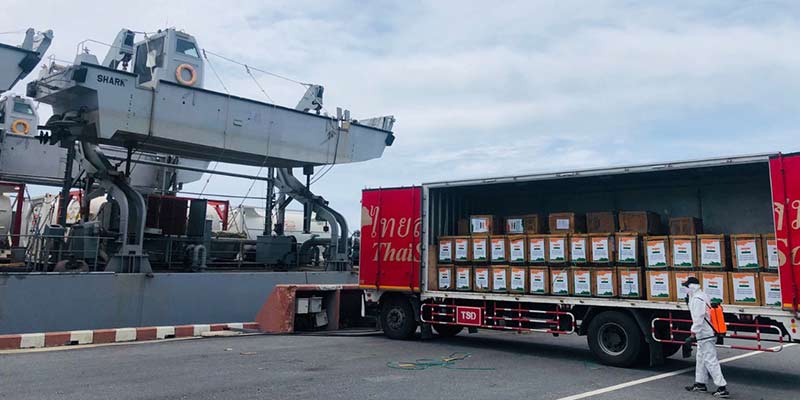Free Courses Sale ends Soon, Get It Now


Free Courses Sale ends Soon, Get It Now



Copyright infringement is not intended
Context: With the overarching aim of providing critical medical aid to Sri Lanka during the ongoing crisis, INS Gharial as part of Mission SAGAR IX arrived at Colombo and delivered over 760 kgs of 107 types of critical lifesaving medicines.
Mission SAGAR
What is SAGAR policy?
Key features of SAGAR:
Challenges for SAGAR:
https://pib.gov.in/PressReleasePage.aspx?PRID=1821327#:~:text=With%20the%20overarching%20aim%20of,types%20of%20critical%20lifesaving%20medicines.
© 2024 iasgyan. All right reserved